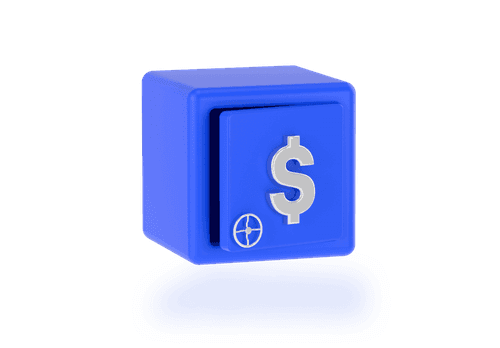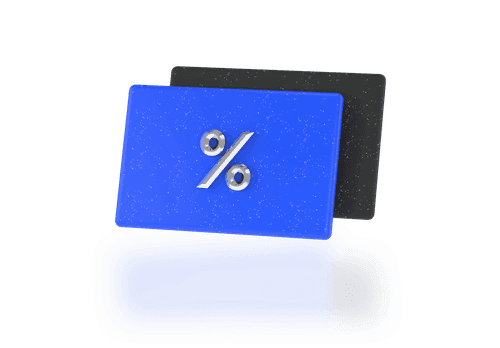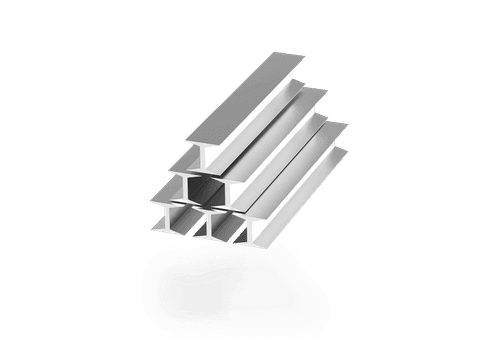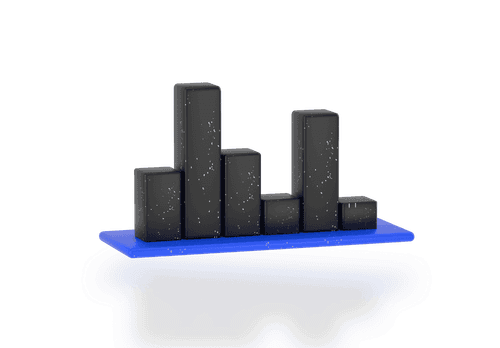Intermediate
Futures Trading: A Comprehensive Examination of Contracts
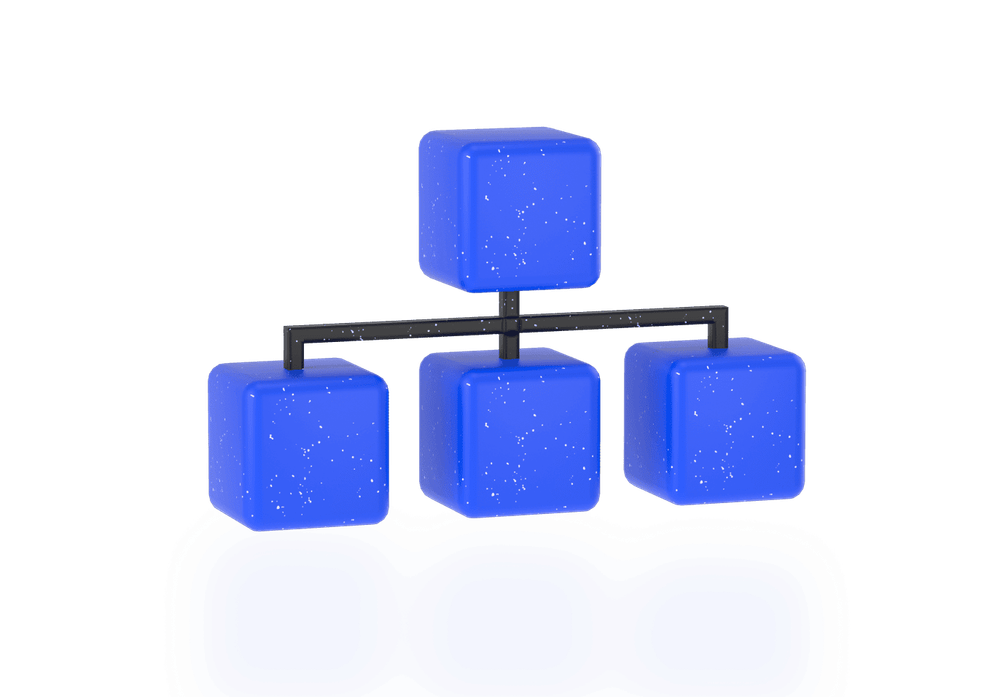
Futures contracts, standardized agreements to buy or sell an asset at a future date and price, have a rich history. They originated centuries ago in agricultural markets, helping farmers and buyers manage price fluctuations. Today, futures contracts form the backbone of global financial markets, offering a powerful tool for traders and investors alike.
These versatile instruments offer several advantages. Businesses and investors can use futures contracts to hedge against risk by locking in prices, mitigating the impact of unexpected market volatility. Additionally, traders can speculate on the future direction of asset prices, potentially profiting from market movements. Futures trading often involves leverage, which means traders can control larger positions with less capital. While this amplifies potential gains, it also increases the potential for losses.
This comprehensive guide delves into the mechanics and complexities of futures trading. We'll cover contract specifications, exchanges where trading occurs, margin requirements, popular strategies, and the risks involved in futures trading.
The Basics of Futures Trading
Futures contracts are derivative financial contracts that obligate buyers and sellers to transact an underlying asset at a predetermined price and future date. These underlying assets can be physical commodities (like oil or gold) or financial instruments. Designed to be standardized, futures contracts specify the quantity and quality of the asset, facilitating trading on regulated futures exchanges.
The terms "futures" and "futures contract" are often used interchangeably. For example, when someone buys "oil futures" they are buying an oil futures contract. The term "futures" can refer to the broader market as a whole, as in “They are a futures trader.”
Futures offer two primary applications:
- Hedging: Businesses and investors use futures to minimize risk by locking in future prices, reducing the impact of market fluctuations.
- Speculation: Traders speculate on the future price movements of underlying assets, aiming to profit from market changes.
Futures contracts differ from similar agreements called forwards. Unlike standardized futures contracts, forwards are traded over-the-counter (OTC) and feature customizable terms negotiated directly between the involved parties.
Who Uses Futures Contracts and Why?
The world of futures contracts draws in two distinct types of participants: hedgers and speculators. Each has a specific goal in mind when engaging with these financial instruments.
Hedgers
Hedgers are businesses or individuals directly involved with the underlying asset of a futures contract. Picture an oil producer who wants to guarantee the future sale price of their oil, or a manufacturing company that needs to secure a consistent supply of oil at a predictable price. Hedgers use futures contracts as a shield against market fluctuations, locking in prices in advance to minimize risk and ensure operational stability.
Speculators
Speculators, on the other hand, thrive on the volatility that hedgers seek to avoid. These traders and fund managers analyze market trends, attempting to predict future price movements of the assets underlying futures contracts. They bet on whether prices will rise or fall, aiming to profit from the difference between the price locked in by the futures contract and the actual market price at the contract's expiration.
A Real-World Example
Imagine a grain farmer fearing a drought might drive up the price of grain. They could purchase grain futures contracts, locking in a lower purchase price. Meanwhile, a trader who also anticipates a price increase might buy those same contracts, hoping to sell them later at a profit if the price of grain indeed rises as expected.
Variety of Futures Contracts
The adaptability of futures contracts makes them applicable to a vast array of markets and assets. Let's dive into some of the most significant categories:
- Commodities: As the foundation of futures trading, commodity futures encompass both agricultural products (grains, soybeans, coffee, livestock) and raw materials (precious metals, oil, natural gas, lumber). These contracts help producers and consumers of these goods manage price risk.
- Financial Instruments: Traders seeking exposure to market movements can utilize futures tied to stock indexes (like the S&P 500), interest rates, and currencies. These contracts offer ways to hedge against broader economic trends or speculate on shifts in financial markets.
Futures Contracts: Beyond the Basics
While futures contracts provide a valuable tool for managing risk and pursuing profits, it's essential to understand how they interact with other financial instruments:
- Spot Markets: The spot market refers to the current, immediate price of an asset. Futures contracts are derived from the underlying asset's spot price, with the futures price reflecting expectations of where the spot price might be in the future.
- Options on Futures: These derivative contracts grant the holder the right, but not the obligation, to buy or sell a futures contract at a certain price by a specific date. Options on futures offer additional flexibility and risk management strategies for experienced traders.
Trading Futures for Profit (and the Importance of Timing)
While futures contracts were originally designed for businesses dealing with physical commodities, their price movements also draw in traders seeking pure profit. These traders have no intention of taking actual delivery of oil, gold bars, or bushels of grain. Instead, they aim to capitalize on short-term market swings.
The key to this strategy lies in timing. Traders must close out their futures positions before the contract's expiry date (which varies, so it's crucial to check the specifics).
A Practical Example
Let's say it's February, and a trader believes oil prices will rise. They buy a May oil futures contract at $62/barrel. This doesn't mean they need to pay $62,000 upfront – they'll only deposit an initial margin set by the broker, a fraction of the full contract value.
As the price of oil fluctuates, so does the value of their futures position. If oil prices climb, potential profits materialize. But if prices drop, losses mount, and the broker may issue a margin call, requiring the trader to deposit more funds.
Closing the Deal
The trader realizes their final profit or loss when they close their position. If they sell the contract in May at $68/barrel, they pocket a $6,000 profit. But, if oil prices fall to $57/barrel, a $5,000 loss awaits.
Conclusion
Futures trading offers a realm of possibilities for those willing to navigate the inherent risks. With careful research, strategic planning, and a disciplined approach, futures contracts can be a powerful tool for both managing market fluctuations and potentially reaping significant rewards.





